
China Concerned About US Deep-Sea Metals Stockpile Plan
a report of U.S. plans to stockpile deep-sea metals to counter China's dominance in the sector.The Trump administration is drafting an executive order to enable stockpiling of deep-sea metals found on the Pacific Ocean seabed to counter China's dominance of battery minerals and rare earth supply chains, the Financial Times reported on Saturday, citing people familiar with the matter.The stockpile would "create large quantities ready and available on U.S. territory to be used in the future," in case of a conflict with China that might constrain imports of metals and rare earths, the

Trump Plans to Stockpile Deep Sea Metals
The Trump administration is drafting an executive order to enable the stockpiling of metals found on the Pacific Ocean seabed to counter China's dominance in battery minerals and rare earth supply chains, The Financial Times reported on Saturday, citing people familiar with the matter.(Reuters - Reporting by Rajveer Singh Pardesi in Bengaluru; Editing by Mark Potter)
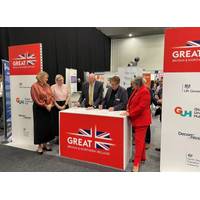
New Alliance Set Up to Boost Australia’s Subsea Sector
; a membership organization of companies in the Australian subsea industry – to foster innovation, collaboration and growth among companies and organizations in the subsea sector in the UK and Australia.Under the agreement, the organizations will actively promote opportunities for their subsea supply chains in both countries and support each other’s members in entering their respective markets.They will also share market intelligence and learnings around diversification strategies particularly in energy transition and defense, including the security and protection of critical underwater infrastruct
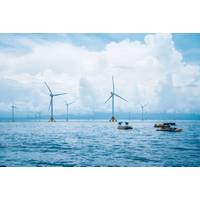
New UXO Removal Contractor Enters Offshore Renewables Market
, a turnkey contractor providing offshore and nearshore Unexploded Ordnance (UXO) identification and clearance services for the marine energy and offshore wind markets.PG Renewables will initially focus on servicing the UXO identification, relocation and disposal service needs of developers and their supply chains in the U.K. and Europe, primarily targeting offshore wind and marine energy industries.PG Renewables has secured the experience of UXO and Explosive Ordinance Disposal (EOD) solutions provider EORCA UK on an exclusive basis.This arrangement provides clients with access to an extensive and innovative
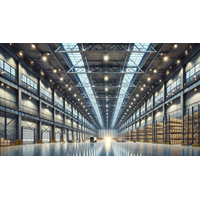
Novielli Boats Unveils Plans for New Production Facility
vision. Novielli is simultaneously enhancing existing operations and concentrating select processes in Mexico, which will help refine inventory handling, speed up assembly, and emphasize punctual order fulfillment. This coordinated effort across multiple sites helps cut shipping times, streamline supply chains, and address a wider range of customer requirements. The organization stands prepared to handle new requests and customize RIBs to exact specifications, a flexibility that has played a significant role in building lasting client relationships.Having already built a recognized name in a competitive
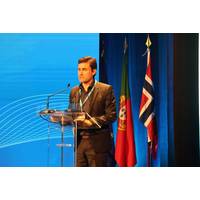
Portugal Ushers in Floating Wind Era
aims to create a vibrant innovation ecosystem where companies can test and scale up solutions with technical and scientific support of national and international experts.The conference also heard how Portuguese ports are also set to play a pivotal role in supporting offshore wind and marine renewable supply chains, serving as strategic hubs for the production, maintenance and operation of offshore wind farms as well as key points of the export and distribution of renewable energy equipment to international markets. “Offshore wind, wave and tidal energy projects are advancing rapidly worldwide
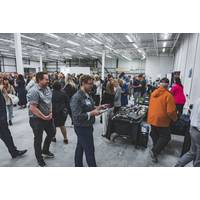
Technology Time - Newfoundland & Labrador Style
like offshore oil and gas support, cargo shipping, ice breaking, fishing (inshore and high seas),” said CTO Gary J. Dinn. “We have access to many world-class research facilities,” he added. As with many other NL companies, eSonar Inc. looks to further integrate into international supply chains.From monitoring and navigation to electrification and bio-solutions, Newfoundland and Labrador companies are well-versed in emerging maritime technology challenges. The future of the industry, as many executives noted, will be driven by sustainability, innovation and collaboration. With that
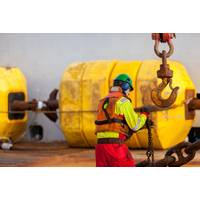
Preparing for Floating Wind – Leveraging the Oil & Gas Supply Chain
floating wind. However, in the short- to medium-term, there is insufficient time to mature early-stage concepts to the high degree of technical readiness that will satisfy classification societies, banks, insurance companies and others. This means that floating wind will need to lean heavily on the supply chains developed to support the offshore oil & gas industry. In this article we look at some of the similarities and differences between the deepwater oil & gas segment and the emerging floating wind segment, concluding with our concern that we do not have the right number or the right
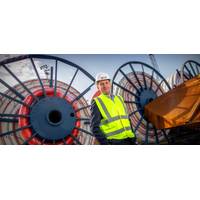
UK Mooring Specialist Enters Japanese Floating Wind Market
itself within the supply chain of offshore wind industry in Japan.“We believe that floating wind will become a popular choice in Japan in the near future, with full-scale development of floating offshore wind power generation expected. In the meantime, in addition to the development of supply chains, it will be essential to acquire engineering capabilities for offshore and subsea applications.“The alliance with First Marine Solutions, which already provides mooring services for floating structures across the offshore energy sector, including floating offshore wind, is indispensable

 February 2025
February 2025




